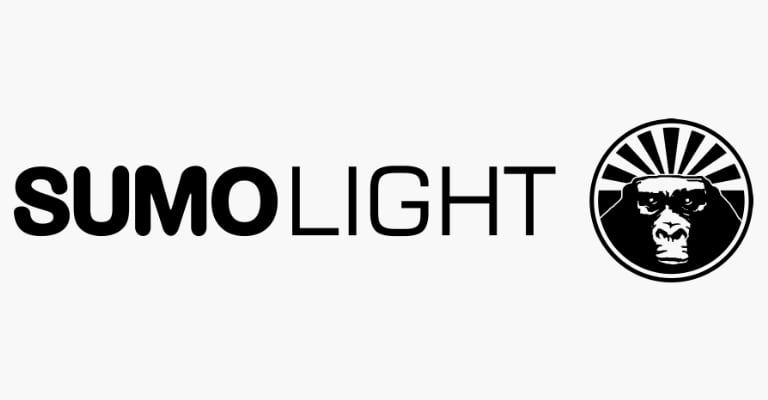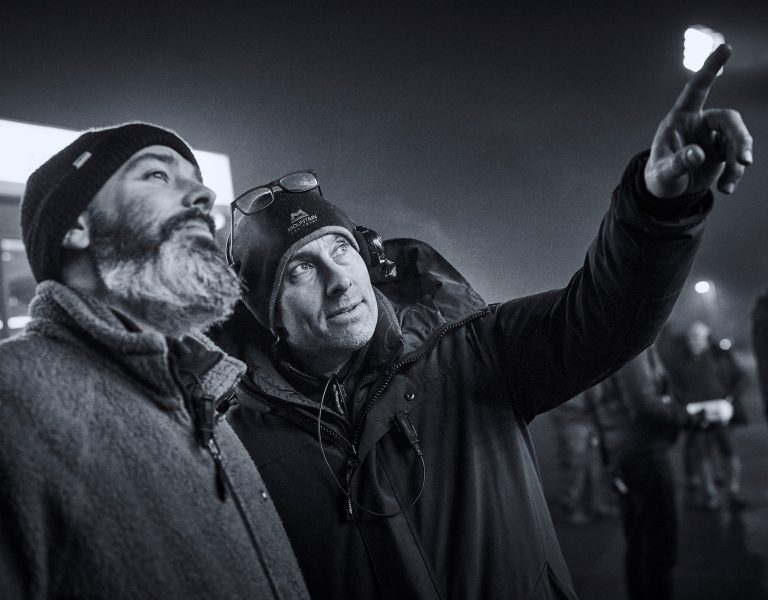The DP/gaffer relationship is one of the most crucial yet arguably one of the least recognised collaborations in filmmaking. More than an expert technician, the gaffer helps the DP to turn the director’s vision into reality.
“They are a partner in crime,” says Greig Fraser ASC ACS, who worked with gaffer Perry Evans on projects including Snow White and the Huntsman, Zero Dark Thirty and Rogue One: A Star Wars Story and with Jamie Mills on Mary Magdalene, The Batman and Dune and Dune: Part 2.
“Whilst I have very definite ideas when it comes to lighting, I’m not always an expert in how to achieve them. I need someone who I can bounce ideas off, who is more organised than me and someone who keeps up to speed on, for example, the latest dimmer desks and software. It’s not just where you put a light, it’s how many lights, will the rental house deliver, does it work with the budget, are they flicker free at high speed, or waterproof? The gaffer has to decipher all these requirements.
“Lighting technology is much more complicated now that every fixture has got computers onboard with the power to change colour, strobe or synch with shadows or work in a virtual lighting environment. I also want to play with new technology, so I appreciate gaffers who are keen on pushing the limits of the tech and conceiving unconventional solutions.”

The DP recalls telling Evans that he wanted to light Rogue One entirely using RGB LED. “He didn’t even flinch, but this was the first all-LED show. The ‘can-do’ attitude of your gaffer is important to a good relationship.”
Mills got to know Fraser as a spark under Evans. “Ultimately, my job is to make the DP’s job easier,” he says. “I take as much of the responsibility for lighting off their shoulders so they can be comfortable spending more time with the director. Learning the script is key too; knowing it inside out gives you a much better understanding of the vision and look of the film.”
David Procter BSC’s approach to lighting is to work collaboratively from the outset. “I like to discuss light quality and technical requirements rather than micro-managing fixtures and textiles. This way I can see what a gaffer brings to the table and be open to new ideas and techniques. As cinematographers, I feel we are on a journey of perpetual learning. On set, I favour a gaffer who stays close to me, calmly managing the set and delegating to their team.”
He has enjoyed a 15-year collaboration with Sol Saihati and commends the gaffer’s “unwaveringly calm temperament” as being exactly what he looks for in all his crew.

“Gaffers who don’t look at monitors probably won’t be seeing me again,” he adds. “I love collaborators, not mere technicians.”
Rufai Ajala has worked as both gaffer and a DP on shorts and commercials and finds themselves in the unusual position of mentoring up-and-coming DPs as their gaffer. As DP they usually work with gaffer Kristóf Szentgyörgyváry and the young DPs they have worked with include James Dove, Aman K. Sahota and Natalja Safronova.
Ajala says, “After a few years as DP I found myself in a position where I wanted to support new and emerging cinematographers. They might describe the lighting aesthetic they wanted but perhaps didn’t have the knowledge to translate that into a specific setup. I felt that I had the knowledge to help them do that.”
Julian White has gaffed for Martin Ruhe ASC on films including The American and Midnight Sky. “I love working with Martin,” he says. “We have an understanding that after discussions I can just light, and he will say what he likes and doesn’t. It’s more a process of reduction and editing. It tends to be more about mood and colour not so much about the technology.”
White has also worked with Haris Zambarloukos BSC GSC (Cinderella, Murder on the Orient Express) and shot commercials with Fraser and Hoyte van Hoytema ASC FSF NSC.

“If you provide a service and/or a friendship that is invaluable to DPs you will become their right-hand person,” White says. “Working in film is all about shorthand. As I say to my team, ‘You have to try and think like me because I am thinking like the DP, and they are thinking like the director.’ It’s a pyramid that is pushing downwards and needs to be supported upwards.”
As the years pass, professional relationships become friendships and, as comradery grows, shorthand develops from shared experiences.
“We mutually learn the nuances of our regular collaborators,” says Procter. “Aside from aligned sensibility, it’s a true asset having a gaffer who’s anticipating possible requirements based on previous collaborations, be it a last-minute catch-light or additional negative fill. There’s been countless times where Sol has pre-empted something I may have missed.”
Mills says of his relationship with Fraser, “I understand his lighting style and how he likes to work. It’s about staying one step ahead so that from day one I know what he needs before he asks for it. I am already in his head, if you like.”
A bond naturally develops among a film crew when they spend weeks apart from their families on location, which is one reason why DPs like to work with the same teams.

Mills spent nine months away from his young family in Budapest shooting Dune and another eight months away on the sequel. “It’s tough, especially when you mostly see them growing up on FaceTime, but it’s part and parcel of the job.”
There’s no getting around the pressures of the job either. “There’s a trust that inevitably develops with the more situations that you live through together,” says White. “All relationships are based on a call and response and if somebody is not appreciative of what you do, it doesn’t always work out. Some DPs and gaffers shout at each other but they still work together. It’s a bipartisan relationship. You have to respect both sides.”
Trevor Forrest describes his relationship with gaffer Justin Dickson, with whom he has worked on I Am the Night, Manhunt and Genius: MLK/X, as a “brotherhood”.
“Justin comes with his own ideas. We definitely butt heads, but the friendship is always there. We’re always trying to pull and tease out what is in front of us in the best way.”
Dickson says, “What I love about Trevor is he cares about merging the ideas of the collaborators that are around him as opposed to imposing a singular vision on others. When you cut off everybody from the creative process you box yourself into a corner.”

When it came to shooting MLK/X about two of America’s iconic figures, Forrest says his colleague’s insight into the Black community was invaluable.
“I’m a white guy from Wells-next-the-Sea who only brings privilege. Justin (whose uncle marched with Luther King) had grown up in the Baptist South. When you bring someone on board with that depth of subject matter there will be a fizzing of energy.”
It wasn’t so much the technical fine-tuning to achieve accuracy to period and character when lighting black skin tones so much as Dickson’s lived understanding of story that was valuable to Forrest.
“I was able to call my mama up to ask what did this [scene] feel like. Trevor is expert at finding angles and lighting but with some stories it is less about seeing the characters or scene so much as about feeling them. That feeling is what we are trying to translate.”
–
Words: Adrian Pennington























